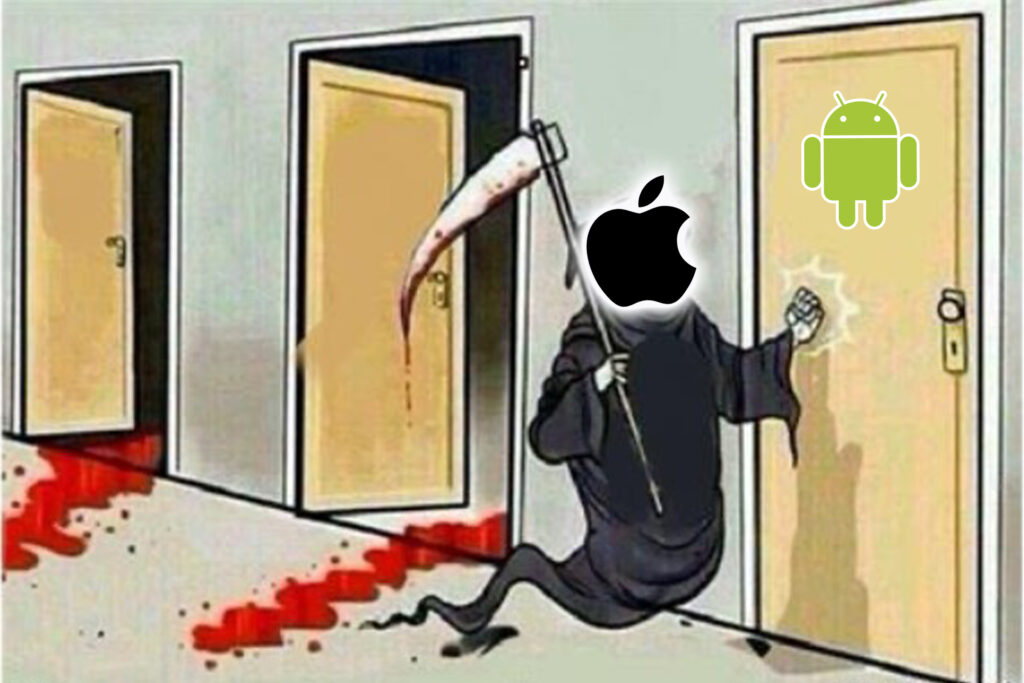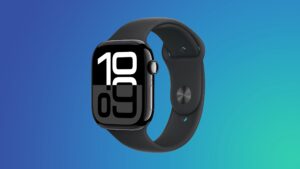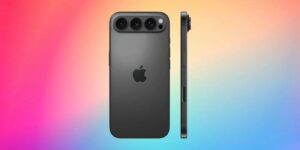The iPhone will finally kill Android in 2025

Like a soft-hearted boxer trying to give the crowd value for money, Apple has done its best for years to keep Google standing in the smartphone ring. If it truly exerted itself, we always felt, the Cupertino Crusher could put the Mountain View Mangler on the canvas in short order. But the company could never quite bring itself to apply the coup de grâce.
The reason, of course, has nothing to do with charity—Apple simply doesn’t want to release an iPhone that’s better or more expensive to manufacture than it needs to be. It has numerous advantages over the various Android hardware vendors: it has more money to spend on R&D, it can control and optimise hardware and software together, it has better customer trust and brand recognition, and its business model isn’t based on advertising and data capture. But while an “insanely great” iPhone might kill Android as a realistic alternative, it would cut into profit margins and leave Apple with nowhere to go the following year. A better long-term strategy is to release phones just enough better than the previous generation to shift some units… and Google is welcome to stick around in the meantime.
Nevertheless, you can’t keep up this sort of thing indefinitely. In fact, it looks like 2025 will be the year when the iPhone finally establishes a clear and indisputable lead over its rival. I’m not saying Android is going the way of BlackBerry and Windows Phone quite yet, but I suspect that by this time next year the writing will be on the wall and the graphs will all be going in a direction that makes Tim Cook happy.
The iPhone SE from 2022 isn’t great, but the 2025 iPhone SE will be.
IDG
At the budget end of the market, big changes are coming to the iPhone SE, a product that’s endured a difficult couple of years but, as I wrote back in April, looks set for a comeback in the next iteration. The 3rd-gen model failed to offer any worthwhile improvements on the popular 2nd-gen SE, but reports suggest that Apple has learned its lesson: it’s finally going to move on from that antiquated chassis and give the next SE a 6.1-inch OLED screen, Face ID, an A16 processor, and superb cameras. (Incredibly, it looks like it will be based on the design of this year’s iPhone 16.) The price will surely be higher, but not by a huge amount, and $499 for that spec list is going to be difficult to resist.
If Apple finally takes that section of the market seriously, it will represent a major blow to Android’s prospects and phones like the Pixel 9a and Samsung Galaxy S24 FE. But more bad news is coming at the premium end in the form of the iPhone 17. If customers apparently go nuts for cautious iterative updates like the iPhone 15 and 16, what will they make of the redesigned iPhone Air?
Plausible rumors point to a shake-up in 2025, with Apple ditching the 17 Plus and replacing it with a 17 Air (or Slim, or some other branding). This handset will be substantially thinner and lighter than the other models and may involve some compromises to accommodate this. In other words, it’s an iPhone X-like risk, but as my colleague Jason argues, it’s the kind that Apple needs to take. By replacing the reportedly weakest-selling model in the line with something bold, new, and stylish, the company will create buzz and appeal to customers who are tired of the same old iPhone look—as well as attract some switchers along the way.
If you think the iPhone 16 Pro Max is thin, just wait until the iPhone 17 Air.
Foundry
Aside from the aesthetic and convenience implications of a slimmer design, the 17-series iPhones should also bring two brilliant and currently Pro-exclusive screen features–ProMotion, and the always-on display–and offer them across the range. This will materially increase the appeal of Apple’s base models and likely tempt even more Android users to make the jump. Apple loves an upsell, which is why it holds back features like this for years for the more expensive phones. But they drop down to the standard models in the end, and that’s when their real impact on sales is felt.
In other words, it all looks promising for the iPhone in 2025, and ominous for the Android ecosystem. Apple fans are even seeing improvements in the areas where the company has historically been weak. It was late to get on the AI bandwagon, but Apple Intelligence is rolling out this year and is likely to find its feet in 2025. iOS is painted as overly restrictive when it comes to user customization, but iOS 18 is far more flexible than any of Apple’s previous software updates—we can even tint icons and put them where we want! Even recent defeats for Apple, changes imposed by political bodies such as allowing third-party app stores and (with the utmost reluctance) catering to user repairs, add to the overall appeal of its product ecosystem. A less rigid walled garden may be less profitable for Apple but it’s exactly the kind of thing that will attract curious Android users.
Is there anything left that Android does better than the iPhone? Honestly, not much. I suppose you’d have to include foldables in that category, although I wonder how many people actually care. And the moment folding smartphones become a worthwhile market, you’d imagine Apple would swoop in with a folding iPhone that’s better than anything offered by the competition.
So no, I don’t think there’s any coming back from this. Android’s had a decent run, and did well to stay on its feet this long. But let’s be honest: It’s time to chuck in the towel before this fight gets ugly. RIP.



